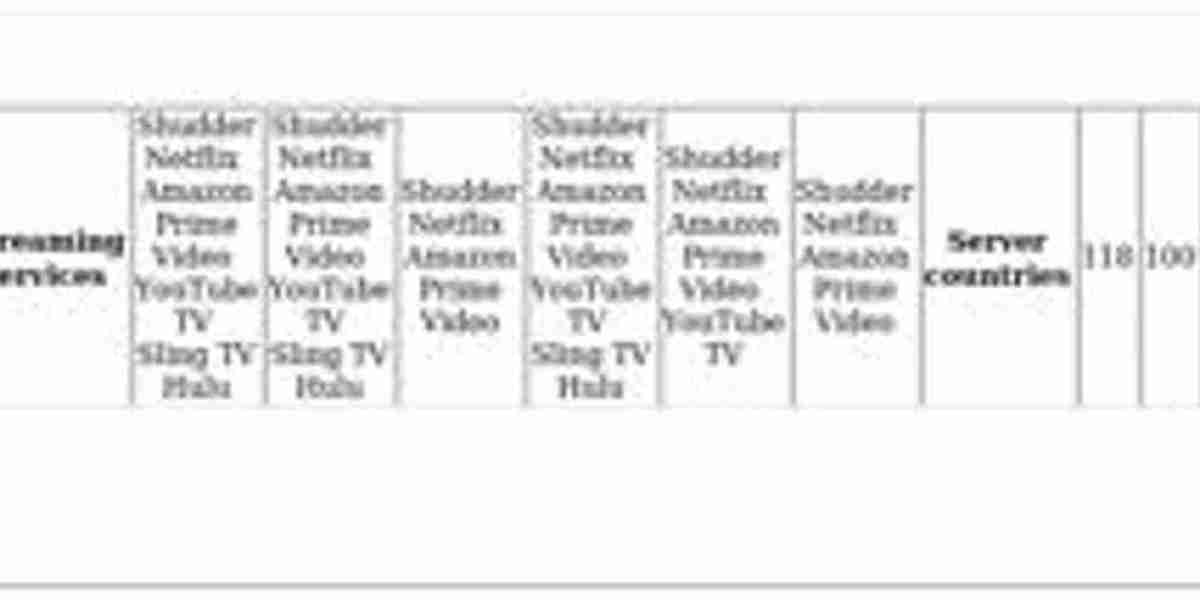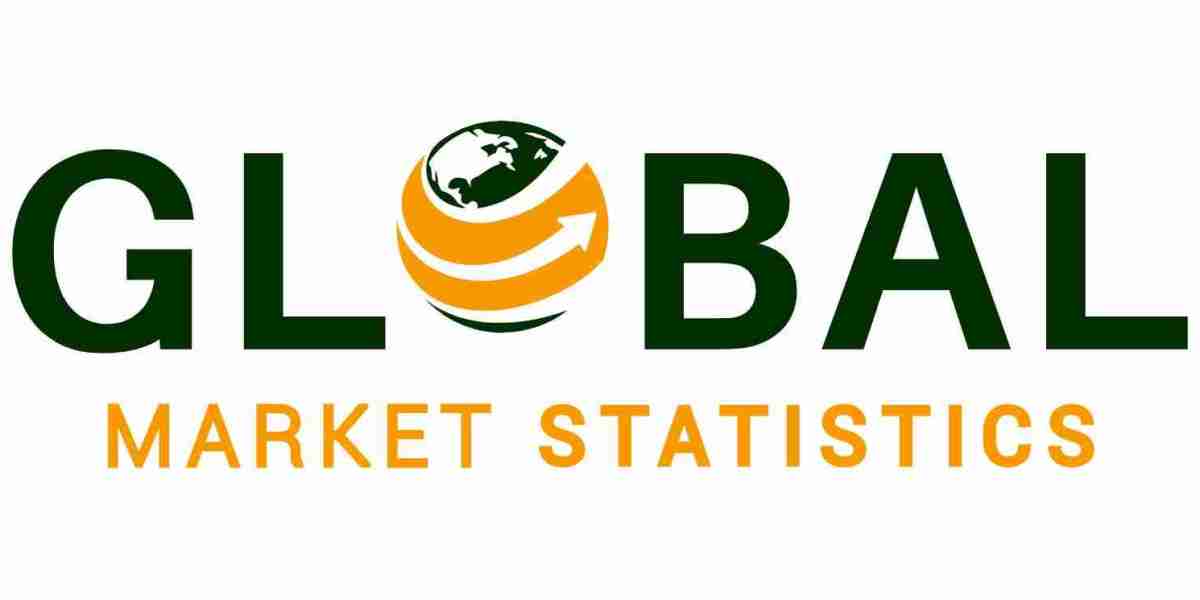The global insulin pen market has witnessed significant growth over the past decade, driven by rising diabetes prevalence, technological advancements, and growing patient awareness of convenient insulin delivery methods. As millions of people globally manage diabetes daily, insulin pens offer a user-friendly alternative to traditional syringes, with features like accurate dosing, portability, and minimal discomfort. These developments are not only transforming patient compliance but also shaping the competitive landscape of the pharmaceutical and medical device industries.
Rising Diabetes Incidence Fuels Demand
According to the International Diabetes Federation (IDF), over 537 million adults were living with diabetes in 2021, a figure projected to exceed 640 million by 2030. This surge in diabetes cases—particularly Type 2—has been a major catalyst for the insulin pen market. With both developed and emerging countries experiencing lifestyle-related health issues, the need for effective insulin delivery systems is more urgent than ever. Insulin pens, which allow for quicker, more discreet injections, are emerging as the preferred choice for many patients.
Technological Innovations Drive Market Expansion
Technology has played a key role in reshaping insulin pen offerings. Modern insulin pens are increasingly “smart,” incorporating Bluetooth and digital monitoring features that enable users to track dosages, injection times, and glucose levels. These smart pens often sync with mobile apps, offering users and healthcare providers actionable data that improve treatment personalization and compliance.
Companies like Novo Nordisk, Eli Lilly, and Sanofi are leading the way in this domain. For example, Novo Nordisk’s NovoPen 6 and NovoPen Echo Plus offer memory functions and dosage tracking, while Eli Lilly’s Tempo Pen ecosystem connects with continuous glucose monitoring systems for integrated diabetes management.
Disposable Versus Reusable Pens
The market is broadly divided into disposable and reusable insulin pens. Disposable pens, pre-filled and intended for single use, are widely preferred for their convenience, especially among older adults and newly diagnosed patients. Reusable pens, on the other hand, offer a more cost-effective and eco-friendly alternative, particularly in long-term therapy and among users confident in handling refillable devices.
Developed markets such as North America and Western Europe show a greater uptake of smart and reusable pens due to higher healthcare spending and awareness. In contrast, many Asian and African markets continue to rely heavily on disposable pens due to accessibility and affordability.
Regulatory Support and Market Access
Regulatory authorities have also facilitated market growth through faster product approvals and support for innovative technologies. For instance, the U.S. FDA and European Medicines Agency have implemented streamlined processes for combination products, which include drug-device integrations like insulin pens. Additionally, public and private insurers in several countries have started covering insulin pen costs, further encouraging adoption.
However, market players still face challenges related to reimbursement policies, especially in developing nations where insulin and pen affordability remains a concern. Addressing these disparities will be crucial for achieving global insulin delivery equity.
Strategic Collaborations and Mergers
Strategic partnerships are becoming increasingly common in this competitive landscape. Pharmaceutical giants are partnering with tech companies and digital health startups to co-develop smart insulin systems. For example, Sanofi partnered with Abbott to integrate insulin delivery with continuous glucose monitoring, enhancing closed-loop diabetes care.
Mergers and acquisitions are also shaping the market. Companies seek to consolidate resources, expand regional footprints, and strengthen product pipelines to stay ahead in a rapidly evolving space.
Future Outlook
The insulin pen market is poised for robust growth over the next decade. Analysts project a compound annual growth rate (CAGR) of over 7%, with Asia-Pacific expected to be the fastest-growing region due to rising diabetes prevalence, urbanization, and healthcare modernization. Meanwhile, ongoing innovation, government support, and patient-centered design will be central to future product success.
Digital therapeutics, AI-driven decision-making tools, and further integration with electronic health records (EHRs) are also on the horizon. As the market evolves, stakeholders must focus on ensuring accessibility, affordability, and education to maximize impact and reach.
In summary, the insulin pen market is undergoing transformative developments, with innovation, awareness, and global demand at its core. As technology and medicine continue to intersect, insulin pens will remain central to modern diabetes care, enabling millions of patients to live healthier, more independent lives.




